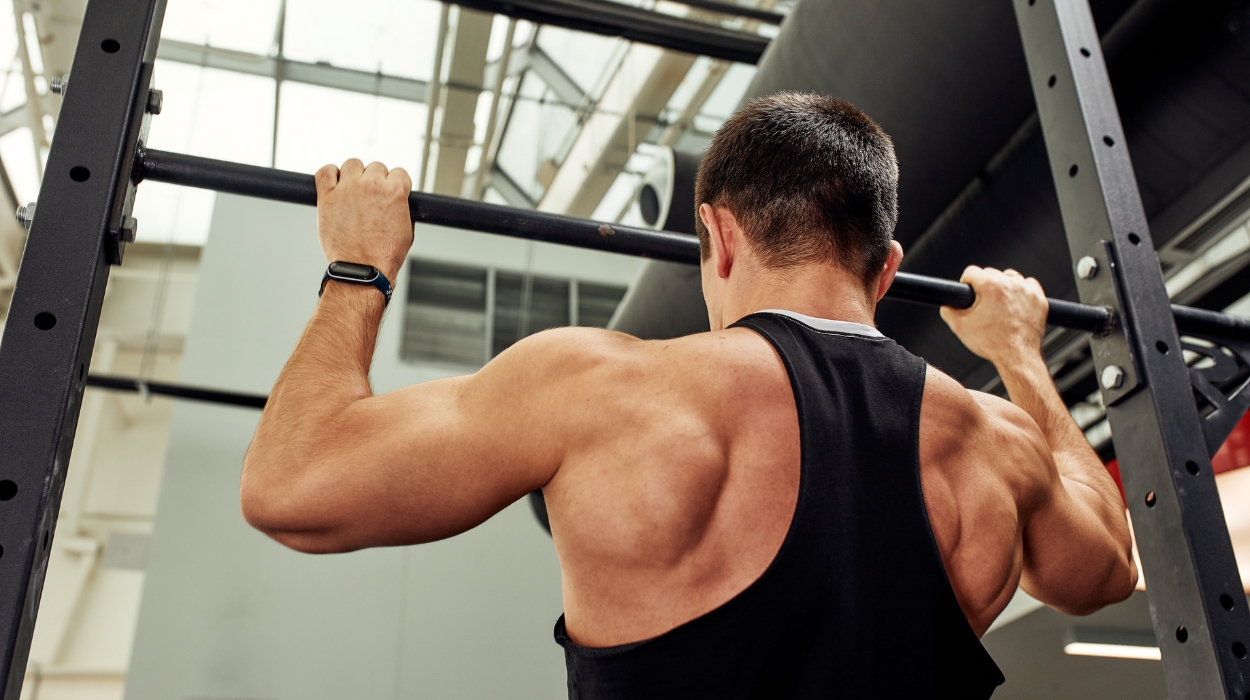
Are you getting started on a shoulder-strengthening journey? A shoulder machine workout might be the ally you need in your fitness arsenal. These machines offer targeted exercises to fortify your deltoids and upper body, laying the foundation for a strong, balanced physique. As you start to incorporate cable shoulder workouts and other shoulder-focused machine workouts, it’s clear that specialized equipment can enhance your routine. It provides the resistance necessary to challenge your muscles effectively. Let’s unpack the best machines that can help elevate your shoulder training sessions and bring you closer to your fitness goals.
Five Most Effective Shoulder Machine Exercises
- Standing Cable Shoulder Press: Builds overall deltoid strength.
- Seated Machine Lateral Raise: Isolates and defines side delts.
- Seated Rear Delt Fly Machine: Targets often neglected rear delts.
- Seated Machine Shoulder Press: Enhances upper body power.
- Smith Machine Upright Row: Strengthens traps and shoulders.
Best Shoulder Machine Workout In 2024
When you consider all of the fitness equipment available in 2024, shoulder workout machines provide a robust and focused exercise experience. They are designed with precision to target the complex shoulder musculature, enhancing both strength and flexibility.
With innovations in ergonomic design and resistance technology, these machines support your fitness goals while prioritizing safety and efficiency. Discover the machines that can transform your shoulder workouts, providing the resistance and support to target key muscle groups for optimal growth and strength.
Standing Cable Shoulder Press
Step up to the cable machine confidently and prepare to challenge your shoulders with the standing cable shoulder press. This exercise is revered for its comprehensive engagement of your shoulder muscles,[1] making it a standout in your workout along with other lateral head triceps exercises. Shoulder press machines like this are extremely effective for your arm and chest workout with cables. It’s not just about lifting weights; it’s about executing a movement that enhances strength, balance, and muscular endurance.
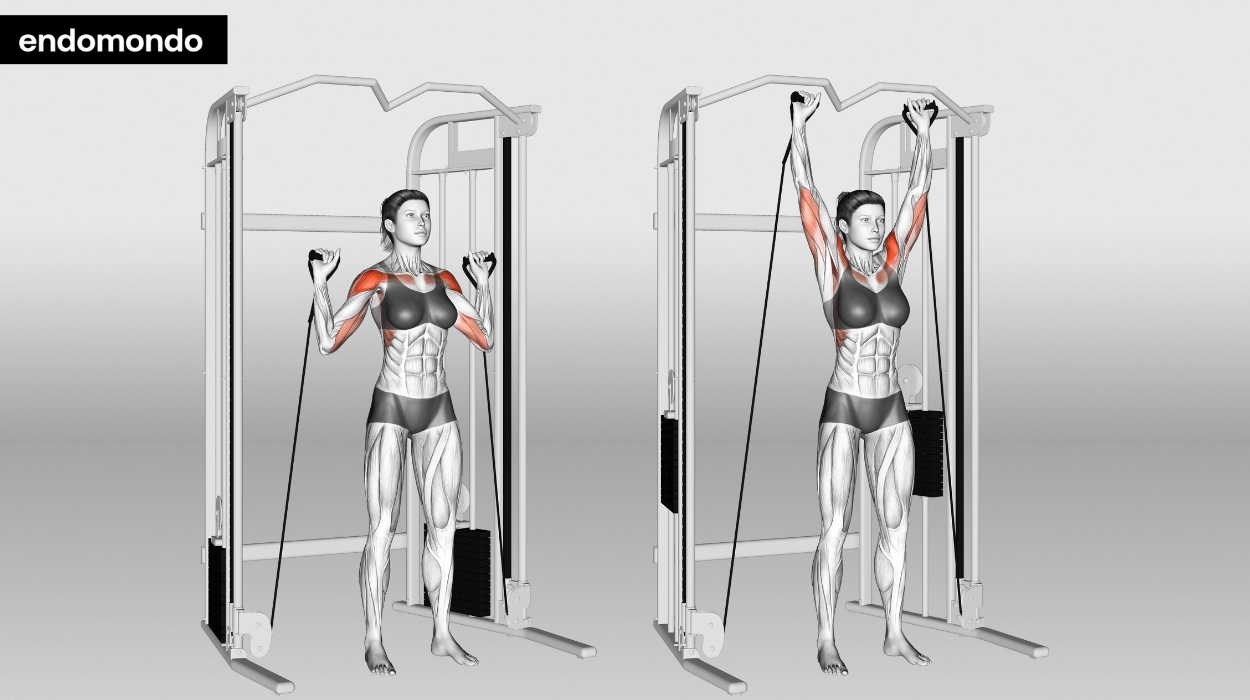
How to do:
- Position yourself to stand with your feet firmly planted shoulder-width apart. This stance ensures balance and a solid foundation for the movement.
- Firmly grab the handles with an overhand grip and brace your core. Your hands should align with your shoulders.
- Exhale as you press the handles smoothly overhead until your arms are fully extended but not locked.
- Inhale as you gradually lower the handles back to shoulder height, maintaining the tension in your deltoids throughout.
Tips:
- Keep your core engaged for stability.
- Keep your elbows slightly bent and avoid locking them at the top of the movement.
Optimal sets and reps: 3 sets of 10-12 reps.
Seated Machine Lateral Raise
Adopt the machine lateral raise to sculpt your shoulders and enhance your upper body strength. This focused exercise, a key part of any shoulder workout machine routine, is perfect for isolating the lateral deltoids. These muscle groups are crucial for that sought-after shoulder definition.
The controlled movement of the lateral raise machine helps ensure you’re working the muscle from all angles. It makes it a smart choice for anyone seeking a balanced physique.
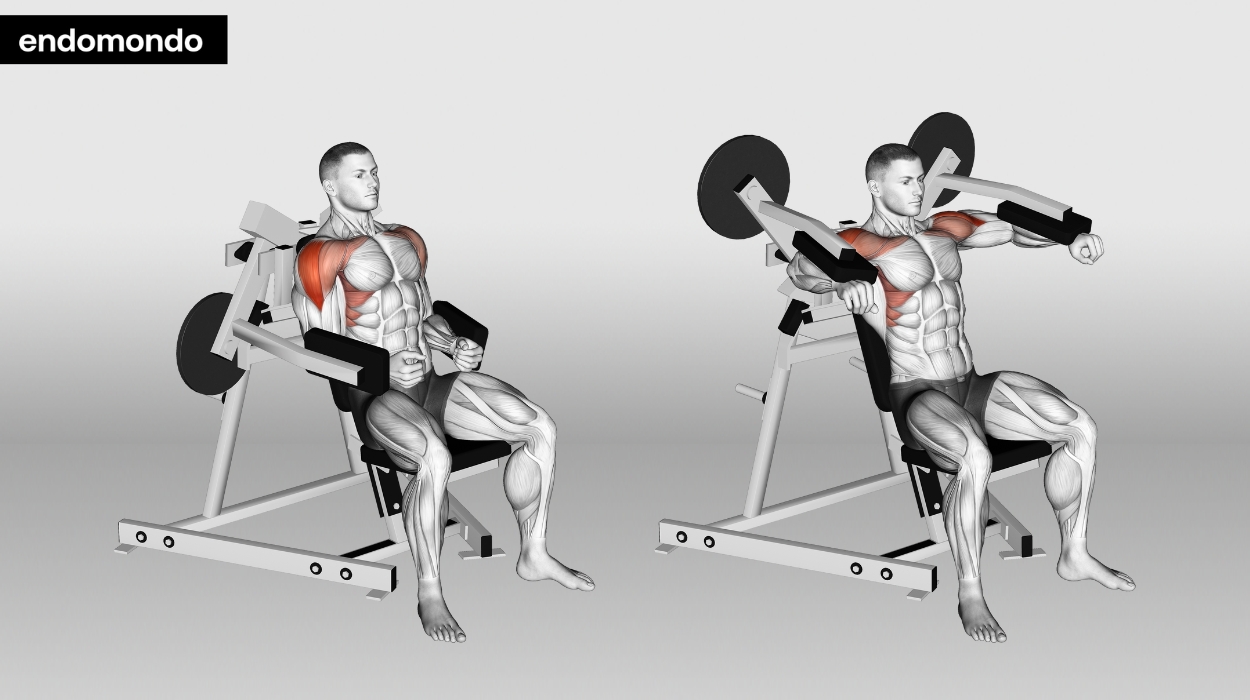
How to do:
- Adjust the machine beforehand to align with your shoulder joint for optimal range of motion and comfort.
- Sit with your back straight, feet planted on the floor for support.
- Grip the handles with your palms facing inwards, arms slightly bent at the elbows to relieve joint pressure.
- Exhale as you lift your arms straight out to the sides, keeping the movement aligned with your shoulder level to maximize deltoid engagement.
- Pause at the top of the lift to squeeze your shoulder muscles, enhancing muscle activation.
- Inhale as you slowly lower the handles back to the starting position, resisting the weight to increase time under tension.
Tips:
- Do not lift beyond shoulder height to maintain proper form.
- Start with lighter weights to perfect the technique.
Optimal sets and reps: 3 sets of 12-15 reps.
Seated Rear Delt Fly Machine
If you are looking to refine and strengthen your upper back, the rear delt fly machine offers a targeted rear delt exercise that zeroes in on the posterior deltoids. This essential component of a full arm and shoulder workout hones in on muscle groups that are often neglected, promoting balance and posture. It’s a strategic move for a well-rounded fitness approach, giving the attention your back deserves.
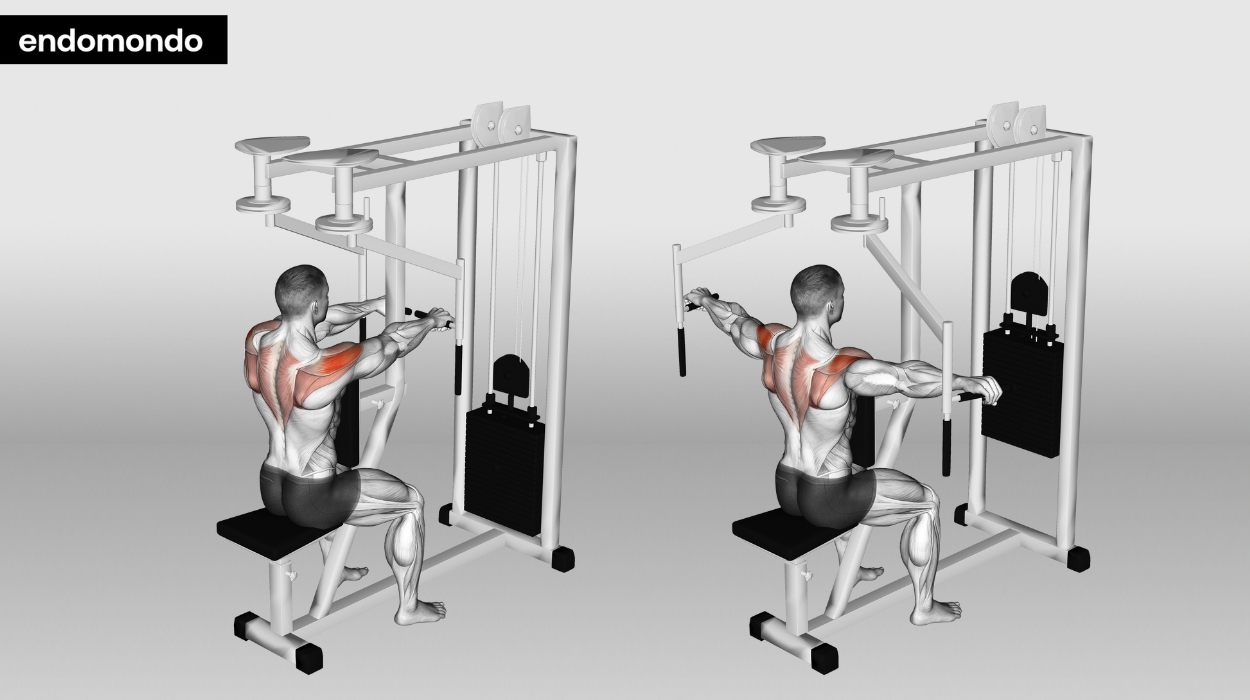
How to do:
- Set the machine for your height so that the handles align with your shoulders when seated.
- Sit facing the machine, plant your feet flat on the floor, and lean slightly forward from the waist for stability.
- Grasp the machine handles with your arms parallel to the floor, maintaining a slight bend at the elbows to protect the joints.
- Engage your rear deltoids and exhale as you pull the handles out and back, keeping the motion horizontal.
- Inhale as you return the handles to the starting position with a slow and controlled motion to maintain muscle tension.
Tips:
- Keep your back straight throughout the exercise.
- Concentrate on the rear deltoids to initiate the movement.
Optimal sets and reps: 4 sets of 10-12 reps.
Seated Machine Shoulder Press
Settle into the seated machine shoulder press for targeted deltoid development. This machine ensures precision, fostering strength and endurance in your upper body. Each press is a step toward robust shoulders, anchoring your arm and shoulder workout with solid technique.
Ideal for both novices and seasoned gym enthusiasts, it’s designed to optimize your lifting posture, minimizing the risk of injury. The machine’s resistance can be adjusted as you progress, making it suitable for all stages of your fitness journey.
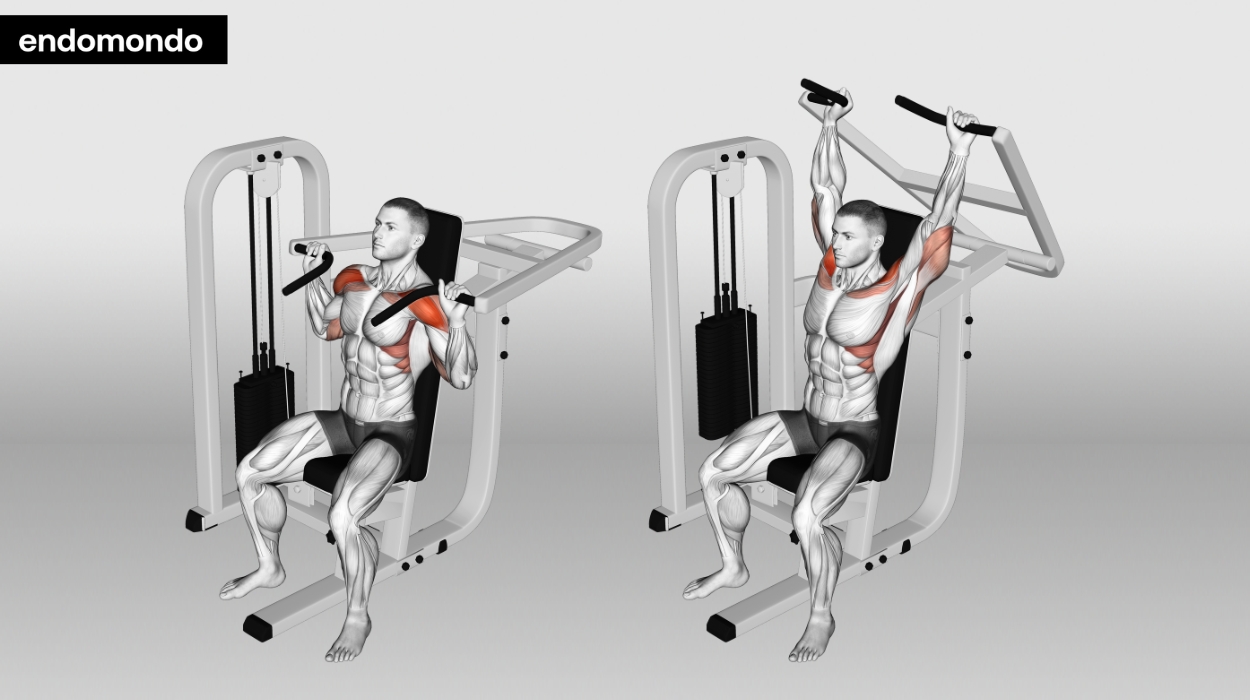
How to do:
- Before you start, adjust the seat so that the machine’s arm handles are at the same level as your shoulders.
- Sit down with your back firmly against the pad to support your spine throughout the exercise.
- Place your feet flat on the ground, hip-width apart, to create a stable base.
- Grip the handles with your palms facing forward and elbows bent at a 90-degree angle.
- Push the handles upward smoothly until your arms are extended, being mindful not to lock your elbows at the top.
- Pause momentarily in this extended position, feeling the engagement in your shoulder muscles.
- Slowly lower the handles back to the starting position, controlling the weight as you return.
Tips:
- Ensure that your wrists are in line with your elbows.
- Breathe out as you push up and in as you return.
Optimal sets and reps: 3 sets of 10-12 reps.
Standing Smith Machine Upright Row
Approach the Smith machine upright row for a refined lift that challenges the breadth of your shoulder muscles. With its guided motion, this machine aids in maintaining form, which is essential for targeting the trapezius and deltoids. It’s a strategic move in your arm and shoulder workout, perfect for cultivating upper-body harmony and control. This exercise is especially valuable for its compound movement,[2] engaging multiple muscle groups for a comprehensive workout and an alternative to the lat pull-down. Progressive resistance adjustments on the machine allow you to scale your effort as you grow stronger, ensuring your workout remains challenging.
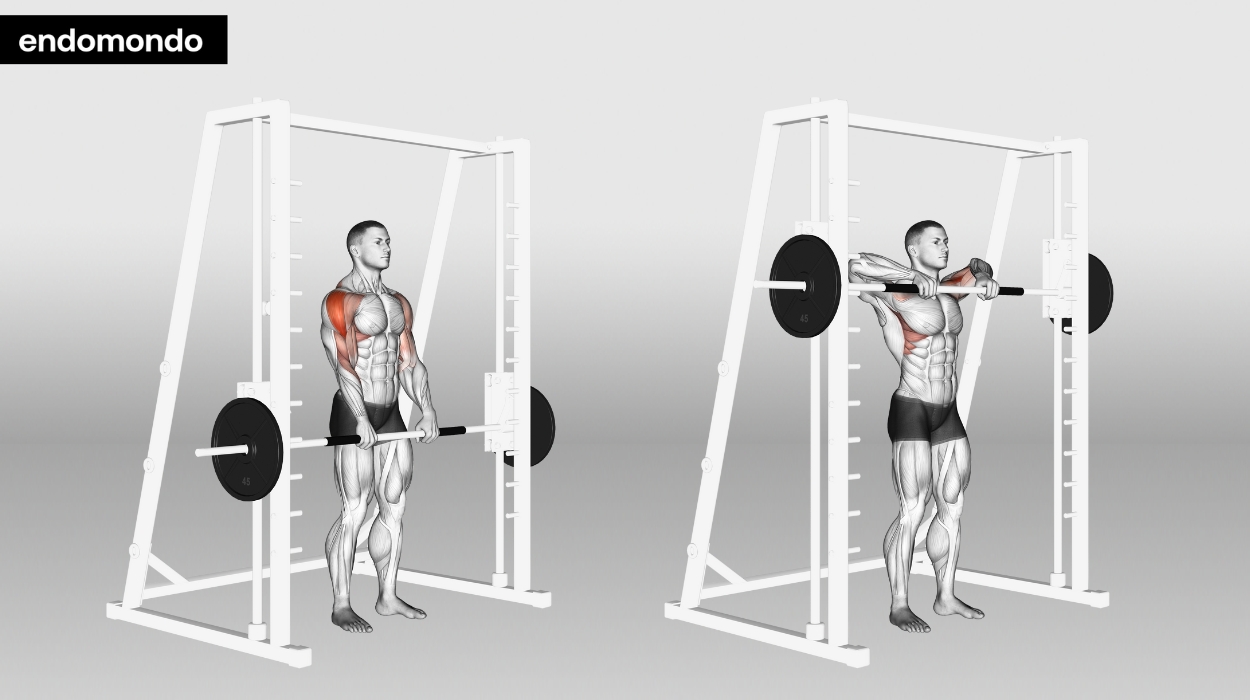
How to do:
- Position yourself at the Smith machine with the bar at thigh level.
- Stand with feet shoulder-width apart to ensure a stable base throughout the exercise.
- Grasp the bar with an overhand grip, hands narrower than shoulder-width, to effectively target the traps and deltoids.
- Brace your core and keep your knees slightly bent to protect your lower back.
- Pull the bar upward close to your body, leading with your elbows, until it reaches just below chin level.
- Squeeze your shoulder blades together at the top of the movement for maximum contraction.
- Lower the bar slowly to the starting position, maintaining tension in the muscles to complete the rep.
Tips:
- Keep your torso stationary throughout the exercise.
- Avoid using momentum; lift with your shoulder muscles.
Optimal sets and reps: 3 sets of 10 reps.
Shoulder Muscle Anatomy And Function
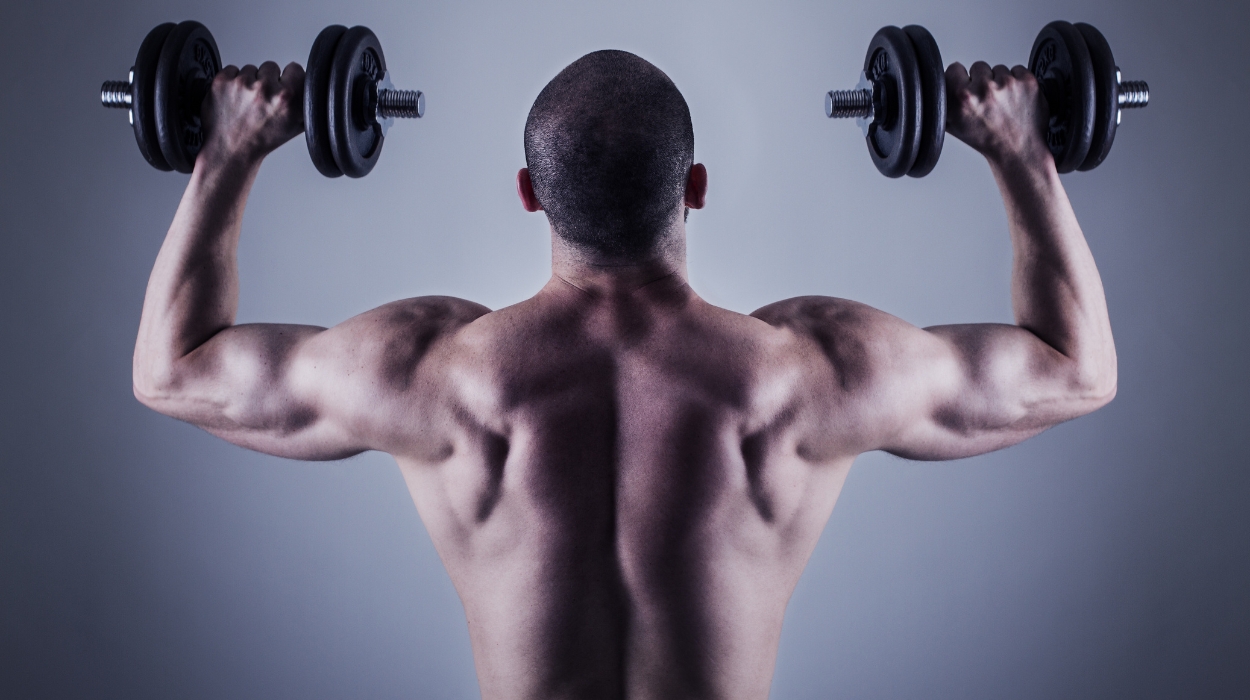
Your shoulders are a complex network of muscles and tendons, pivotal for both everyday movements and specialized workouts. They consist of several key components:
Deltoids: The Powerhouse
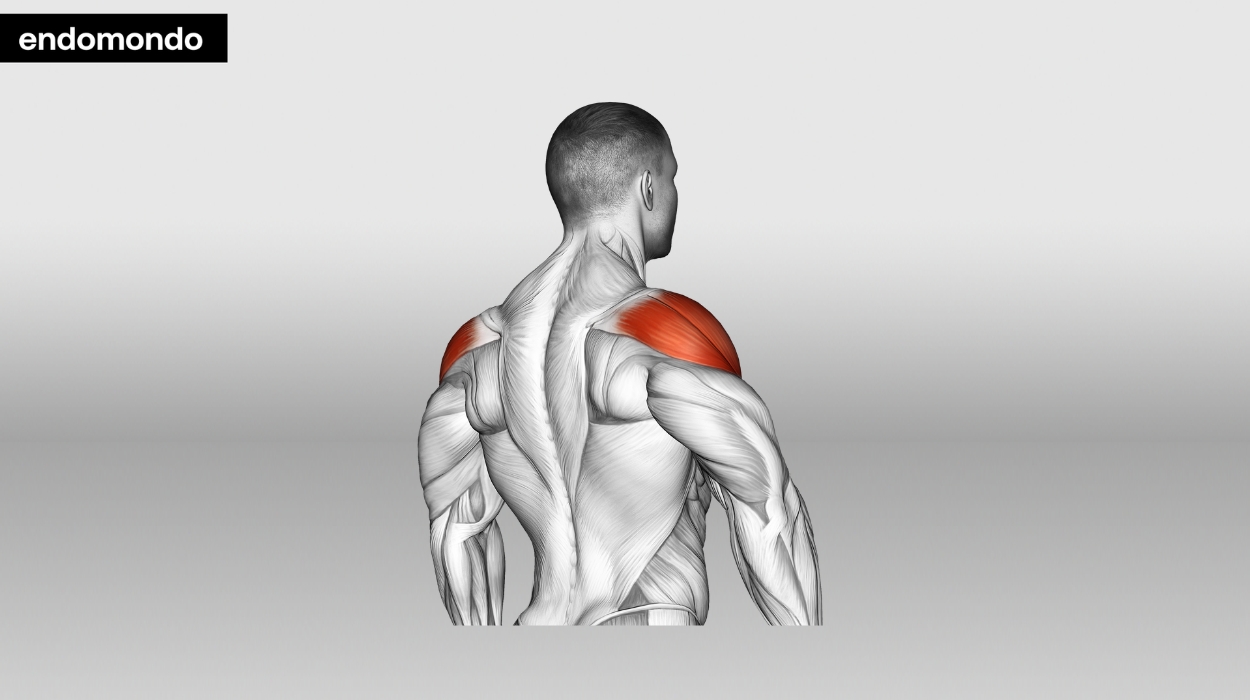
The deltoids are your shoulder’s most prominent muscles, responsible for the rounded contour of the upper arm. They allow you to lift and rotate your arms, playing a vital role in nearly all arm movements.[3] Strengthening your deltoids through exercises like the shoulder press enhances not only muscle mass but also the functional ability of your arms.
Rotator Cuff: The Stabilizers
Beneath the deltoids lie the rotator cuff muscles, a group of four muscles that work in concert to stabilize the shoulder joint.[4] Maintaining the strength and flexibility of these muscles is essential for injury prevention, especially if you’re engaging in overhead activities or lifting weights.
Trapezius: The Support
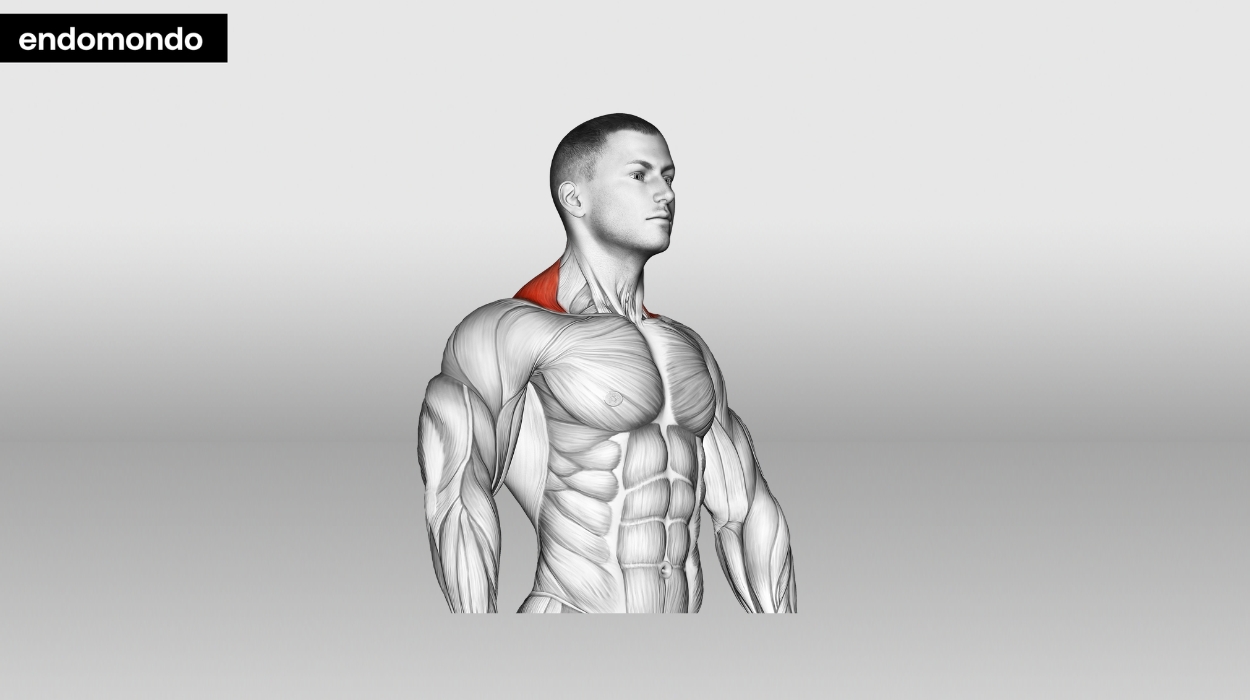
Extending from your neck to your mid-back, the trapezius muscles aid in moving the shoulder blades and support the arms. A strong trapezius can contribute to a well-defined back and improved posture,[5] underscoring the importance of including exercises like the upright row in your arm and shoulder workout.
By understanding the anatomy and function of these muscles, you can tailor your workouts to target each area effectively. You can maximize your workouts, ensuring each movement builds strength, enhances mobility, and prevents injury.
Conclusion
Embracing shoulder workouts with the right machines is a step toward robust health and everyday functionality. These exercises are key to unlocking greater strength and mobility, contributing to a balanced physique.
It’s the consistent effort and attention to form that will elevate your workout routine. This ensures you gain not just muscle but also the endurance to tackle life’s many tasks with ease.
Maintain focus on the varied muscle groups of your shoulders, and you’ll not only see a performance improvement but also enjoy a lifestyle enriched by physical well-being.
Frequently Asked Questions
Machines like the shoulder press, lateral raise, and rear delt fly are specifically designed to target shoulder muscles.
Exercises such as the seated shoulder press, lateral raises, and cable shoulder workouts are highly effective for building shoulder strength.
Machines offer stability and targeted muscle engagement, which can be beneficial, especially for beginners.
Absolutely; bodyweight exercises and resistance bands can also provide effective shoulder workouts.
Resources
- Campos, Y.A.C., Vianna, J.M., Guimarães, M.P., Oliveira, J.L.D., Hernández-Mosqueira, C., da Silva, S.F. and Marchetti, P.H. (2020). Different Shoulder Exercises Affect the Activation of Deltoid Portions in Resistance-Trained Individuals. Journal of Human Kinetics, 75(1), pp.5–14. doi:https://doi.org/10.2478/hukin-2020-0033.
- Paoli, A., Gentil, P., Moro, T., Marcolin, G. and Bianco, A. (2017). Resistance Training with Single vs. Multi-joint Exercises at Equal Total Load Volume: Effects on Body Composition, Cardiorespiratory Fitness, and Muscle Strength. Frontiers in Physiology, [online] 8(8). doi:https://doi.org/10.3389/fphys.2017.01105.
- Sakoma, Y., Sano, H., Shinozaki, N., Itoigawa, Y., Yamamoto, N., Ozaki, T. and Itoi, E. (2010). Anatomical and functional segments of the deltoid muscle. Journal of Anatomy, [online] 218(2), pp.185–190. doi:https://doi.org/10.1111/j.1469-7580.2010.01325.x.
- Akhtar, A., Richards, J. and Monga, P. (2021). The biomechanics of the rotator cuff in health and disease – A narrative review. Journal of Clinical Orthopaedics and Trauma, 18, pp.150–156. doi:https://doi.org/10.1016/j.jcot.2021.04.019.
- Park, S.-H. and Lee, M.-M. (2020). Effects of Lower Trapezius Strengthening Exercises on Pain, Dysfunction, Posture Alignment, Muscle Thickness and Contraction Rate in Patients with Neck Pain; Randomized Controlled Trial. Medical Science Monitor, 26. doi:https://doi.org/10.12659/msm.920208.




